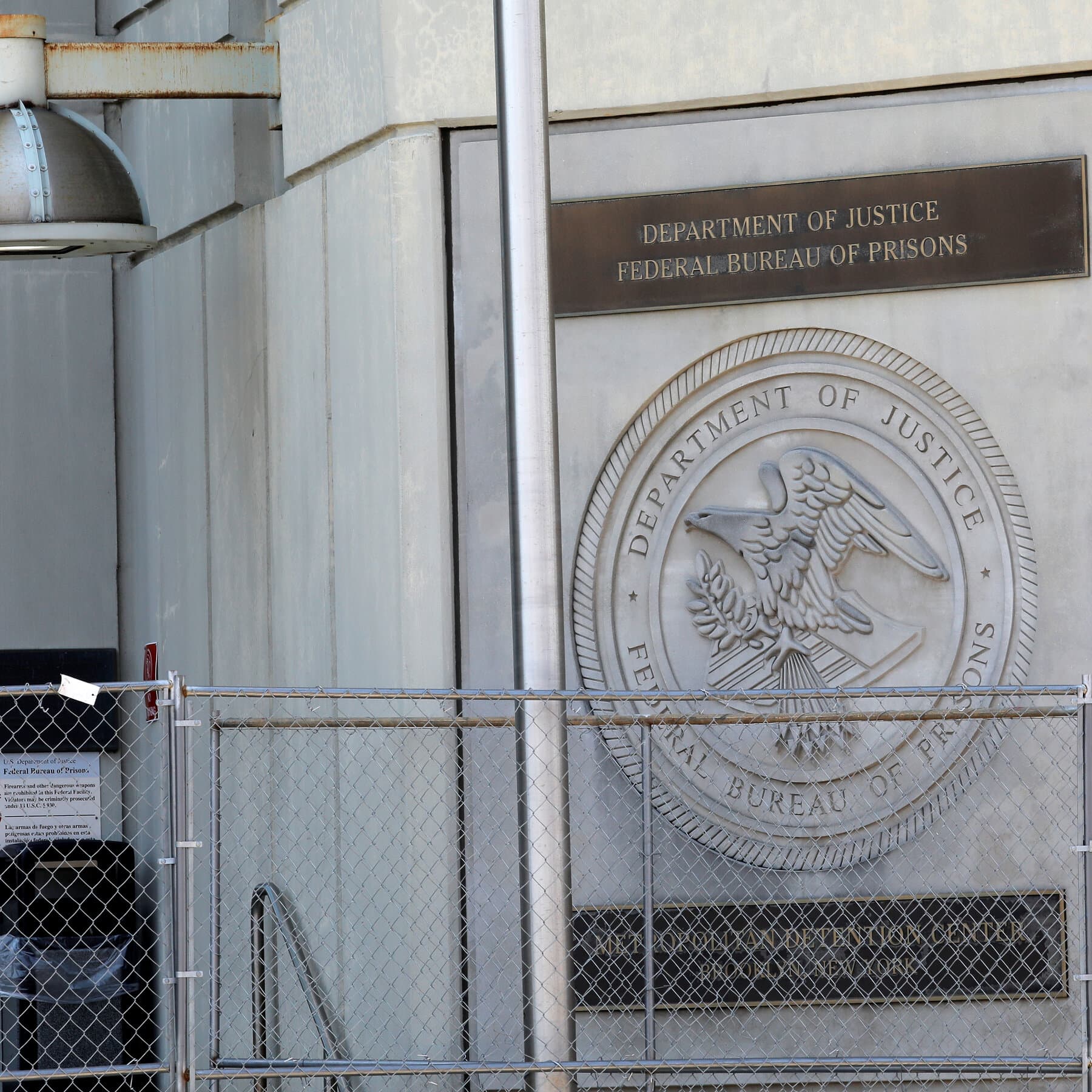Federal Prison Data on Transgender Inmates and Sex Offender Rates Sparks Discussion

Recent social media content shared by Wesley Yang on October 18, 2025, claims that as of January 2025, 1,413 men self-identifying as women were housed in US federal prisons based entirely on their self-identification. The tweet further states that 51 percent of these individuals were sex offenders, a rate reportedly four times higher than that of non-trans-identified male prisoners. This assertion has drawn attention to the complex issue of transgender inmate housing and crime statistics within the correctional system.
Official policies regarding transgender inmates in federal prisons have undergone shifts in recent years. Under the Biden administration, guidelines were restored in 2022, requiring federal prisons to consider the safety of transgender individuals when making housing decisions, moving towards gender identity-affirming placements. This policy built upon Obama-era guidance, which recommended housing by gender identity "when appropriate." However, this was a reversal of a Trump administration policy that mandated "biological sex as the initial determination." A February 2025 NPR report indicated that 99% of trans women in Bureau of Prisons (BOP) custody were housed in men's facilities, suggesting that self-identification alone may not be the sole determinant for housing in federal facilities despite the stated policy direction. The BOP had 2,198 transgender inmates as of February 2025.
The specific figures cited in Yang's tweet—1,413 men identifying as women and a 51% sex offender rate among them in federal prisons—do not directly align with readily available official federal data or widely reported statistics. While the Bureau of Prisons (BOP) has policies addressing transgender inmates, comprehensive, publicly accessible data detailing the exact number of inmates housed solely based on self-identification and specific sex offender rates for this subgroup in federal facilities for January 2025 are not immediately verifiable from official sources. The discrepancy between the tweet's claims and general reporting on BOP housing practices highlights the ongoing debate and challenges in data collection and policy implementation concerning transgender individuals within the correctional system.
The broader context of transgender individuals in the justice system often involves discussions around "gay and trans panic defenses," which some jurisdictions have moved to ban. These defenses historically sought to mitigate criminal charges by arguing that a victim's LGBTQ+ identity provoked a violent reaction. Advocates for these bans emphasize that such defenses perpetuate harmful stereotypes and undermine the safety and dignity of LGBTQ+ individuals. The lack of consistent data and varying policies across state and federal systems contribute to the complexity of understanding and addressing the needs and realities of transgender inmates.